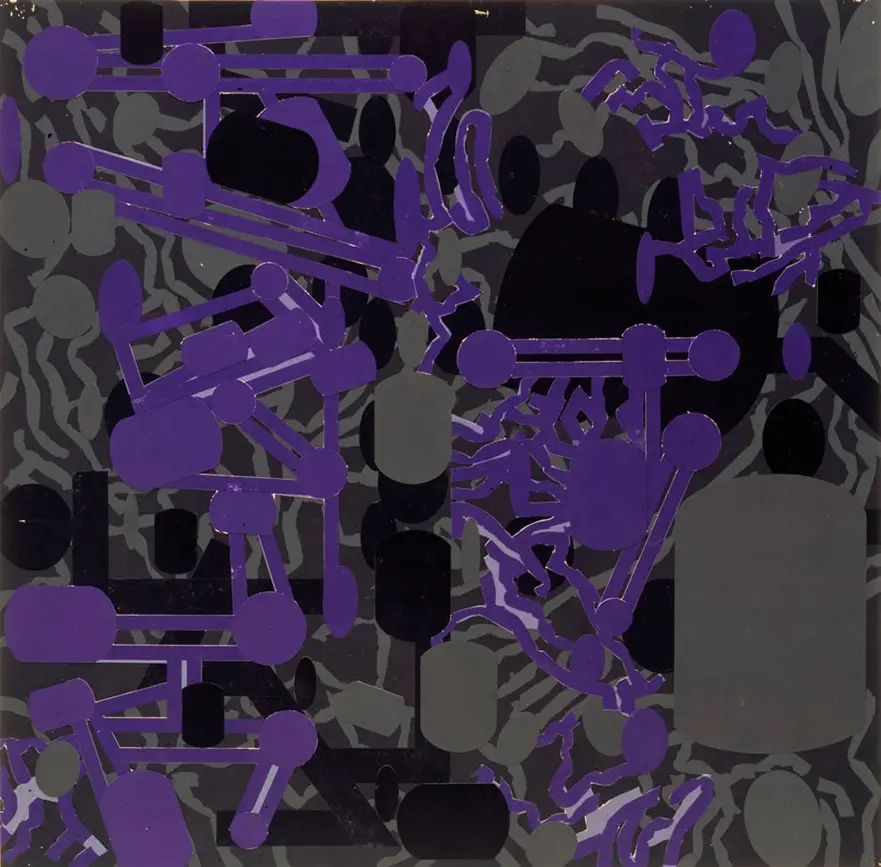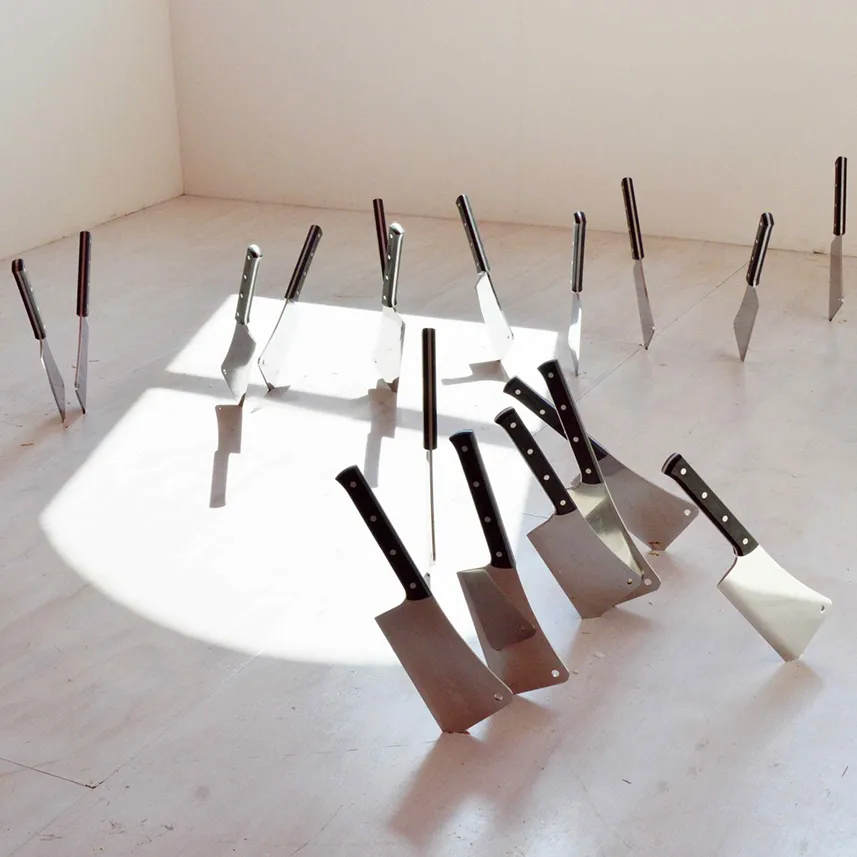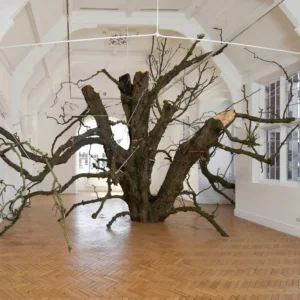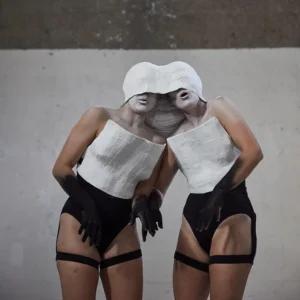Barry Le Va, a pioneer in process and post-minimalist art, explored the transformation of materials through dynamic, often violent actions. In a State of Flux, his exhibition at the Fruitmarket in Edinburgh, features works that rely on improvisation, presenting fragmented sculptures and drawings.
Known for installations like shattered glass and floor-bound felt arrangements, Barry Le Va (1941–2021) challenged conventional sculpture by emphasizing process over completion. His work invites detective-like engagement, encouraging audiences to decipher his methods while exploring themes of space, psychology, and latent violence.
Le Va’s art balances precision and chaos through actions like scattering powder or shattering glass. Rejecting permanence, he revolutionized sculpture with fluidity, using unconventional materials such as ball bearings and meat cleavers to challenge artistic norms and influence artists like Richard Serra.
The retrospective at Fruitmarket revisits seminal works like Slow Death Piece (1968–71), where tape defines an unsafe zone, compelling viewers to confront spatial boundaries and psychological tensions.
Shots from the End of a Glass Line (1969–70) transforms gunfire into an artistic act, with shattered glass symbolizing violence and unpredictability. Despite the risks inherent in these works, Le Va found calmness in their creation, highlighting the dualities of order and disorder, danger and tranquility.

Le Va’s drawings, described as choreographic or musical scores, offer insight into his methodical yet unprepared practice. These visual maps, sometimes juxtaposed with sculptural works, illuminate his spatial explorations and his rejection of traditional wholeness in favor of fragments and traces.
Installations such as Equal Quantities: Placed or Dropped In, Out, and On in Relation to Specific Boundaries (1967) embody this ethos. The work, initially mistaken for discarded debris, demonstrates Le Va’s embrace of temporality and his openness to reinterpretation, as each iteration of the piece remains equally valid.
Violence, a key theme in Le Va’s art, intertwines with his fascination with materiality and human perception. Works like On Center Shatter-or-Shatterscatter (1968–71) capture the energy of forceful actions while preserving delicate visual outcomes.
Despite these violent undertones, Le Va’s art remains deeply introspective, inviting audiences to reconsider their relationship with space, materials, and themselves. Le Va’s legacy challenges curators and artists alike to reinterpret his performative sculptures, ensuring their vitality.
By resisting finality and embracing ongoing transformation, his work remains an evolving dialogue among the artist, material, and viewer. Le Va redefined sculpture, offering new ways of perceiving both art and the world it inhabits.





